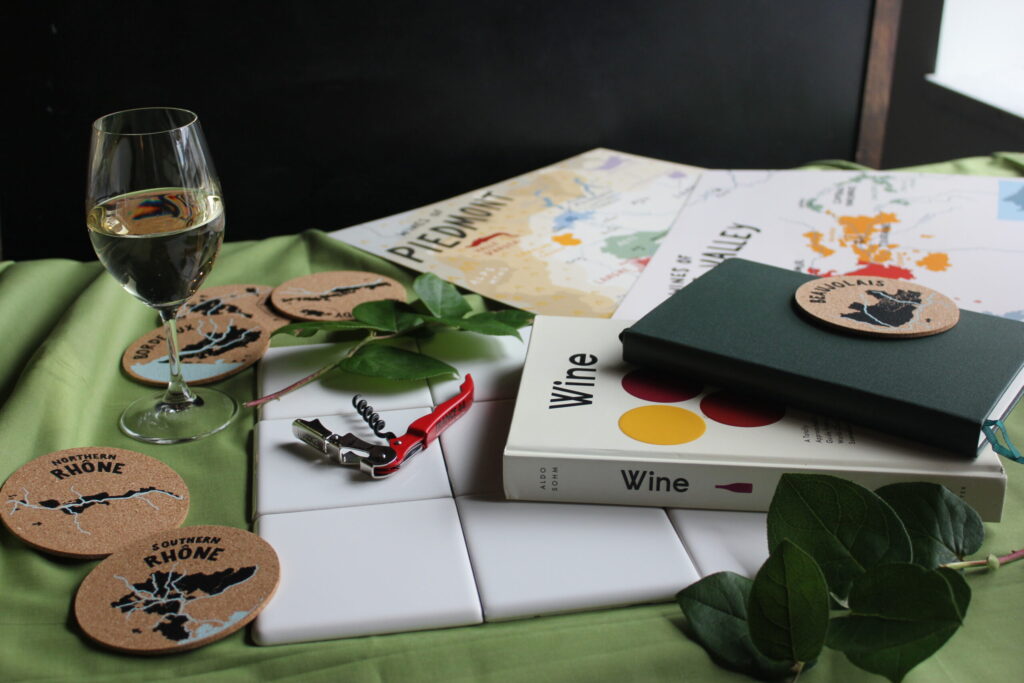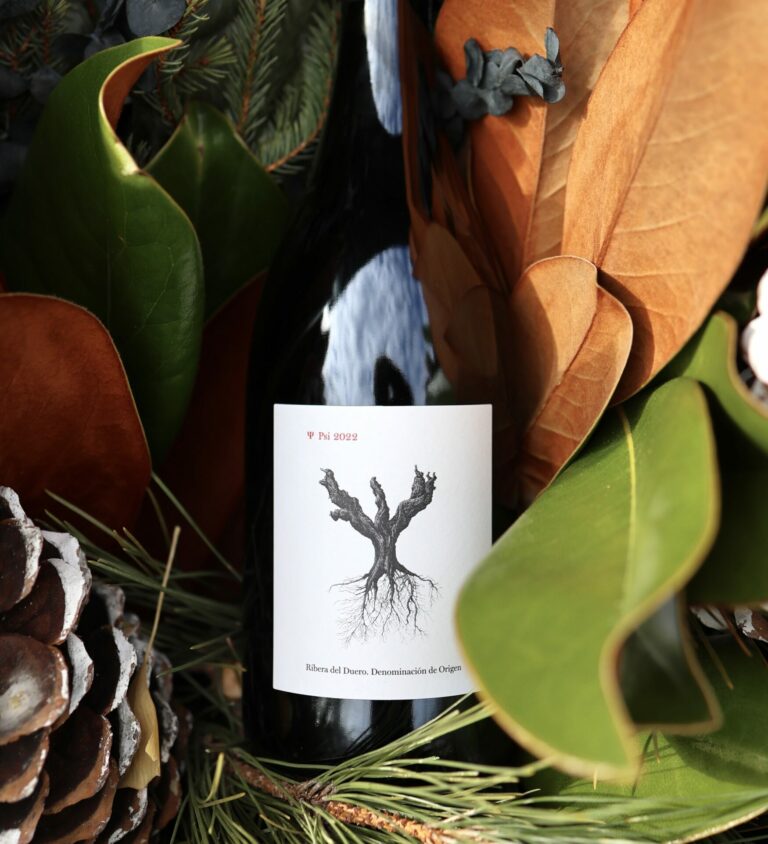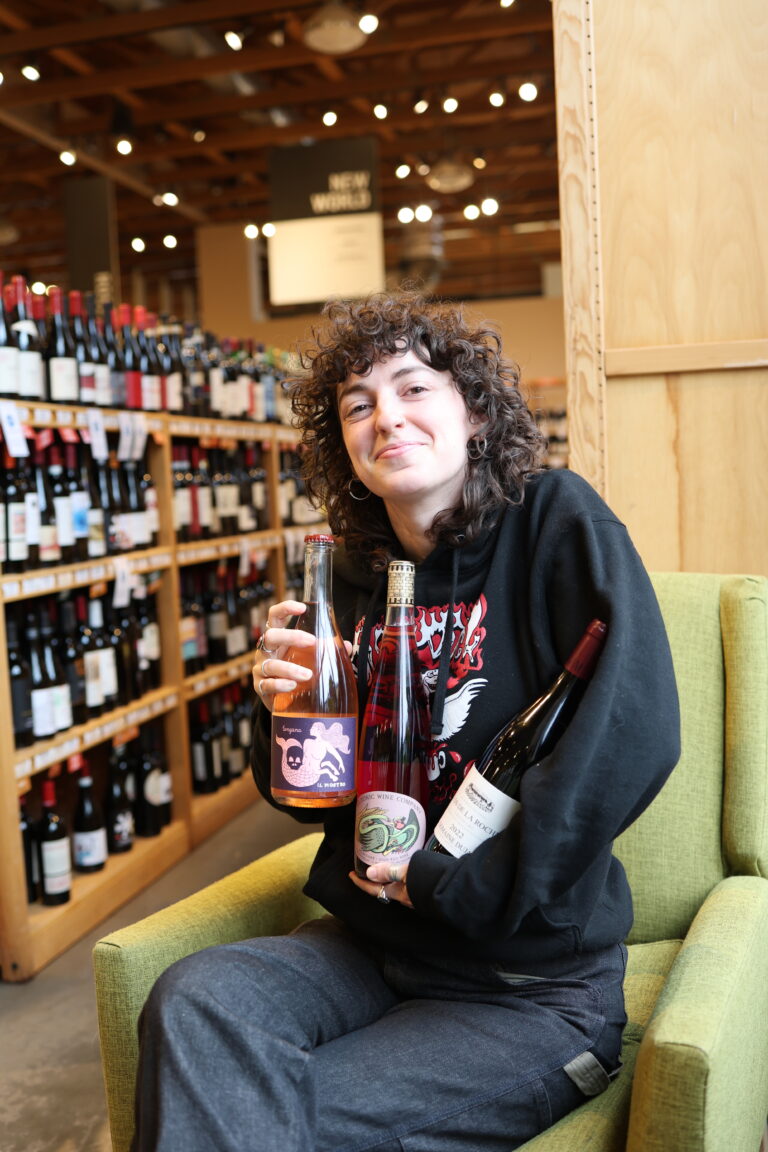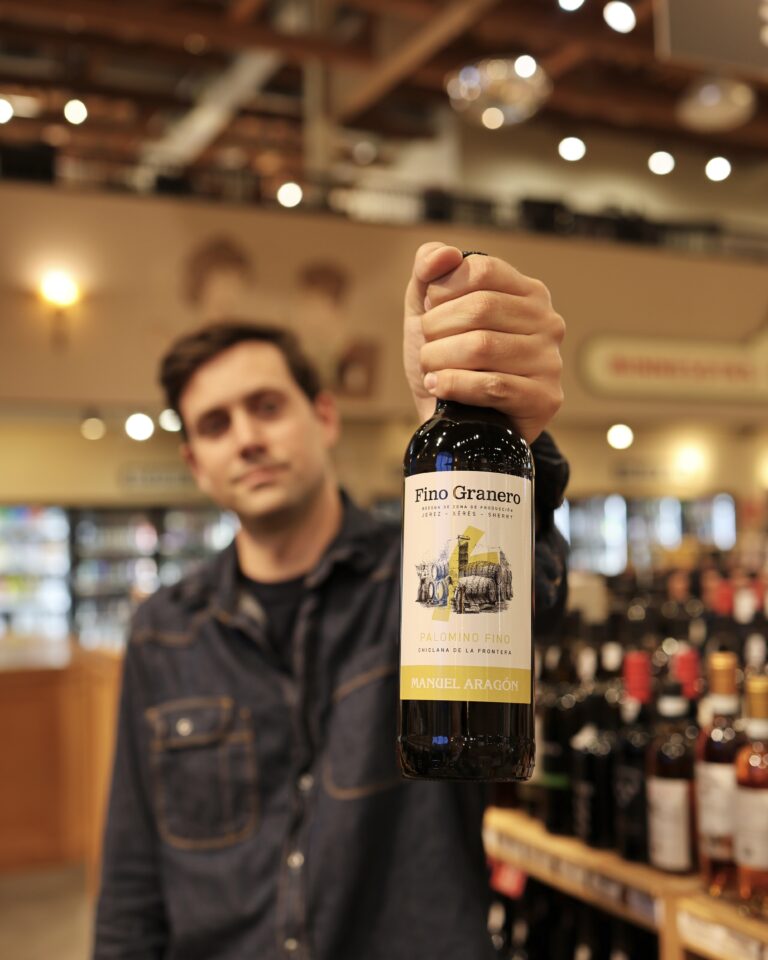Whether you’re new to wine or already a fan, learning how to properly taste wine can open a whole new world of aromas, flavors, and experiences. Here’s an easy guide to help you get started with wine tasting.
First, I encourage you to taste a variety of wines, made in different places and made from different grape varietals.
Start by understanding the four main components of wine tasting: appearance, aroma, taste, and finish. Assessing each of these on their own, and as they relate to each other, will help you better enjoy and understand wine. Try both red and white wines to see how they differ. Notice the differences in sweetness, acidity, and body.
Let’s start.
Pour a little wine into your glass and look at the color and clarity. Tilt the glass against a white background (can be piece of white paper) to see the color better. Is it pale in color? Is it opaque or translucent? Swirl the wine gently and watch the “legs” or “tears” form. Legs or tears tell you that the wine is fuller bodied, which also often tells you it has a higher alcohol content.
Swirl the wine in your glass to release the aromas and take a few quick sniffs. Try to pick out the different scents. Fruits, flowers, spices, or herbs are common aromas. Some wines might also have aromas from the barrels in which they were aged. Aromas of vanilla, cinnamon, or toasted bread can tell you that the wine was aged in oak barrels. Fresher floral and fruit aromas often tell you that the wine was aged in stainless steel.
Now, take a small sip and let the wine cover your tongue. Pay attention to the first flavors you taste, then notice how they change, and which flavors linger. Think about the balance between sweetness and acidity. Does your mouth water? Does the wine dry the sides of your mouth? These clues can tell you about the dryness of the wine, the tannins in the wine, the body of the wine. Take notes! There’s no right answers, it’s all personal preference.
Once you have a good sense for your wine tastes, try tasting wine with different foods to see how they go together. Notice how the flavors of the wine and food change and enhance each other. This can make both the wine and the food taste better. There are general rules for wines & foods that go well together; i.e. fatty foods and acidic wines, sweeter wines and sweeter foods, but again, there’s no one right answer.
Write down your thoughts about each wine you taste. Note the name, year, and producer, as well as what you liked or didn’t like about it. Over time, this will help you understand your preferences and will help you ask the right questions in restaurants and wine shops.
Taste with others! Discuss what you see, smell, and taste. Compare and contrast your opinions on each wine. Learn from each other! Make it a group activity.
Join wine classes, workshops, or tastings at France 44 to learn more. Talk to wine team at France 44, sommeliers, or other wine lovers, to get tips and recommendations. Wine tasting is a journey, and there’s always more to learn and it is ALWAYS okay to ask questions!
By following these simple steps, you’ll start to appreciate the art of wine tasting. So, pour yourself a glass, take your time, and enjoy discovering the world of wine. Cheers!
Now, we’ll guide you through a tasting of a couple great wines.
We recommend starting with a Chardonnay. Known for its versatility and range of flavors, Chardonnay can offer a variety of tasting experiences. You’ll often find notes of green apple, pear, and citrus in unoaked versions, while oaked Chardonnays might have hints of butter, vanilla, and caramel. This wine pairs beautifully with dishes like grilled chicken, seafood, and creamy pasta, making it an excellent choice for both tasting and pairing. Give it a try and see why Chardonnay is a favorite among wine enthusiasts!

Illahe Chardonnay | $23.99
This wine is characterized by its fresh and vibrant profile.The aroma delivers quince, pear, Fuji apple, with just a hint of vanilla. The wine exhibits notes of green apple, pear, and citrus, with a balanced acidity that makes it crisp and refreshing. The mouthfeel is gorgeous and smooth.
You also need to try red wine, and we recommend starting with a Cabernet Sauvignon. Known for its rich flavors and deep complexity, Cabernet Sauvignon offers bold tastes of dark fruits like blackberries and plums, with hints of spices and vanilla. This wine pairs wonderfully with rich foods like steak, lamb, and strong cheeses. Give it a try and see why Cabernet Sauvignon is a favorite among wine lovers!

Tassajara Cabernet Sauvignon | $14.99
The wine is deep in color and offers a complex aroma. You will detect aromas of elderberry and dried berries. As it opens, herbal notes like oregano and anise also come through, adding to its complexity. On the palate, it’s medium-bodied with well-structured tannins that give it a smooth texture. The taste features dark fruits, like elderberries, with a hint of herbs. This wine pairs well with hearty dishes such as wild game and mushrooms, which complement its dark fruit and herbal notes.



